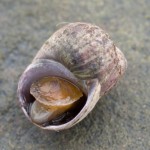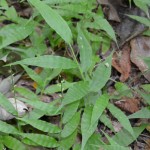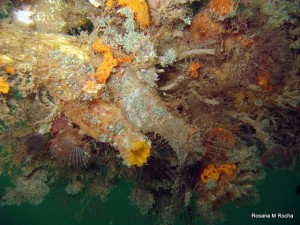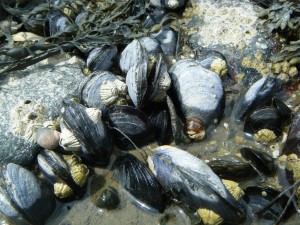by Monaca Noble

Invasion was a godsend for the rough periwinkle snail, which managed to escape its flatworm parasites. (World Register of Marine Species)
Most organisms have several types of parasites associated with them. However, when species are introduced, they may lose some of their natural parasites through the invasion process. Or sometimes, parasites that survive the journey don’t do very well in the new environment. In essence invasion acts as a filter limiting the number of parasites that are transported and introduced. In science this process is called the parasite escape hypothesis.
Take the common cat parasite Toxoplasma gondii. T. gondii‘s complex two-host life cycle makes it difficult for it to adapt to new places. The parasite has two phases, a sexual phase and an asexual phase. The sexual phase can only take place in the cat (primary host), but the asexual phase can occur in several mammal species (secondary host) including cats, mice, humans, and birds. Because the parasite must infect a cat to reproduce and survive, its preferred secondary host is a mouse. If a mouse infected with T. gondii were introduced into an area with no cats, the parasite would not be able to survive.
Click to continue »











